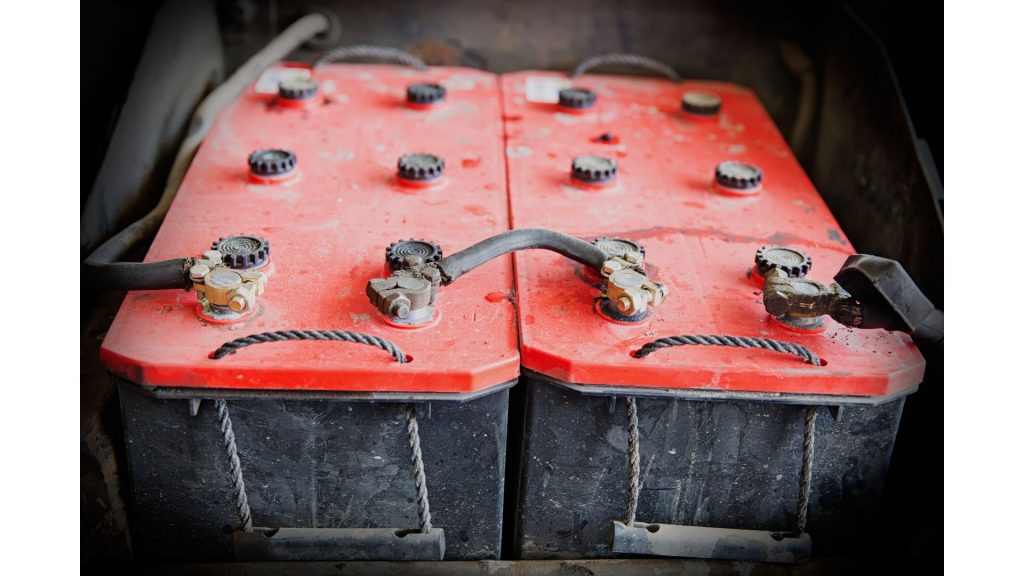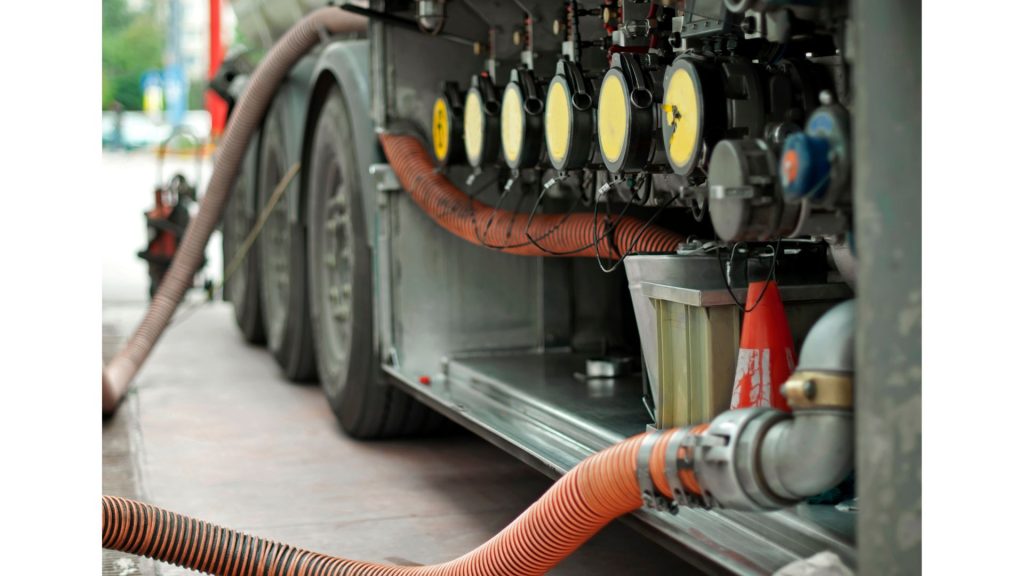Keep in mind that engines have oil that flows through the system, lubricating the moving parts. That oil will become thick and gooey once temperatures fall below –20 degrees C. Gooey oil cannot move through the engine as efficiently.
Do You Have To Plug In Your Diesel Truck?
You can still start the truck, but doing so will exert considerable stress on the engine. The engine block heater will raise the temperature, allowing the oil to maintain the appropriate viscosity, but only if you remember to plug in the diesel truck.
But What If You Don’t Want To Use The Heater?
1). Give The Truck As Much Time As It Needs To Warm The Engine
Some people don’t understand why their diesel trucks use more oil and produce more emissions in cold weather. They haven’t connected these outcomes to their habit of driving the truck without giving it a moment to warm up the engine.
When you start your truck on a cold morning, give the truck as much time as it needs to warm the engine. Otherwise, you will force the engine to work harder than usual. The duration depends on the truck and ambient temperature.
Seven minutes is a decent starting point.
Warming your engine on a cold morning won’t solve all your problems. According to the Washington Post, low temperatures lower your vehicle’s fuel economy by 12 percent.
2). Keep Your Battery Warm.

According to Anna Stefanopoulou from the University of Michigan Energy Institute, cold temperatures make batteries weaker. This is true for most vehicle types. Chen Zhao, Xiaoyi Shen, Yucheng Li, and other experts published a paper in Advances in Mechanical Engineering that took note of the reduced energy capacity of an electric vehicle’s battery resulting from cold weather.
Place a warmer under the battery. You can also apply a blanket warmer. Wrap the battery carefully to keep out the cold. Otherwise, the engine may refuse to start, even when you plug in the engine block heater.
3). Keep The Fuel Tank Full.

Otherwise, cold conditions will cause condensation to form on the tank walls. The fuel will gell up as a result. Experts will also encourage you to invest in fuel with additives that prevent freezing when temperatures plummet. These fuel types are more expensive, but they are worth the price.
4). Keep The Fuel Filter Clean
Inspect it routinely during the winter.
Ultimately, the safer option is to use the heater. You don’t lose anything by plugging in the diesel truck. Or, at the very least, the device won’t harm your vehicle. But some people think this practice is a waste of energy.
When Should You Plug In Your Diesel Truck?
Your vehicle needs the heater when temperatures fall below -15 degrees C. But newer trucks can start in -30 degrees C weather. Then again, just because a truck can start in -30 degree C weather doesn’t mean you should start it. The purpose of a heater is not necessarily to help you start the truck but, rather, to protect the engine from unnecessary strain.
This is why some experts encourage the use of a heater once temperatures reach -15 degrees C, even though new vehicles can withstand -30 degrees C. Some older diesel tractors won’t start once temperatures fall below 40 degrees F.
What Does Plugging In Your Diesel Truck Do?
Diesel fuel can gell up once temperatures plummet. The same thing will happen to the oil in the engine. Once it develops a gooey texture, it won’t provide the lubrication your engine’s moving parts require.
The engine will eventually attain the temperature it needs to run efficiently, especially if you have a newer vehicle. But you don’t want to expose the engine to such strain. It may accumulate damage over time.
Plugging in the diesel truck allows the heater to raise the engine’s temperature. You don’t have to wait for a diesel truck you plugged in to warm up before you drive away. You can start driving immediately, which saves time if you have an emergency.
A heater can also extend your engine’s lifespan if your area has perpetually cold weather. You can do without the heater. Many vehicle owners drive older models that don’t offer engine block heaters, and yet they use their vehicles in the winter.
If you have doubts regarding the necessity of an engine block heater, talk to a mechanic you trust. They will tell you whether or not your vehicle requires a heater. They will also identify the right time to plug in the truck.
Some vehicles are strong. You should only plug them in at the lowest temperatures. Others may refuse to work in warmer conditions unless you run the engine block heater.
How Long Does A Diesel Truck Need To Be Plugged In?
Some drivers keep their trucks plugged in for four hours or more, but that is too much. It is also equally pointless to run the heater overnight. You will waste electricity. Aim for two hours before you drive the truck.
In fact, in many cases, 30 minutes before you drive are more than enough to raise the temperature to a satisfactory level. But again, it depends on the truck. Older vehicles require longer periods of heating than their newer, stronger counterparts.
How To Plug In A Diesel Truck?
Wikihow has a picture of the 3-prong plug you find under the grill of a diesel truck. Use the manual to find it on your vehicle. Connect that plug to a power source. Most vehicle owners use an extension cord because they don’t have outlets in the vicinity.
Once you connect the plug to a power source, the heater will activate. You will hear this component turn on. Wait for 30 minutes to two hours, depending on the truck.
What Happens If You Forgot To Plug In Diesel Truck?
Diesel is problematic in cold conditions because the hydrocarbons will solidify when exposed to low temperatures, turning the fuel into a gel that can’t flow. In other words, the engine won’t start.
Magnum Truck Racks encourage consumers to invest in winter diesel with hydrocarbons boasting a lower freezing point. But winter blends won’t help you during the coldest months of the year.
This is where heaters enter the picture. You can check the spark plugs and glow plugs for faults and defects if your truck has refused to start. But a dipstick will quickly show that your engine’s oil has become gooey because of the low temperatures.

